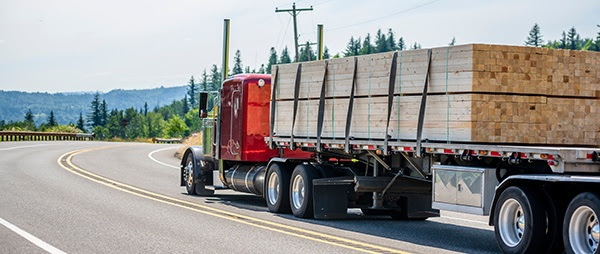For Builders and Buyers, Lumber is a Bummer
 Over the past several years we’ve seen real estate prices climb higher and higher due to a limited supply and an increased demand, but a new factor is pushing prices up even further: the skyrocketing price of building materials. So, what’s behind these increased prices, and, more importantly, when can we expect some relief?
Over the past several years we’ve seen real estate prices climb higher and higher due to a limited supply and an increased demand, but a new factor is pushing prices up even further: the skyrocketing price of building materials. So, what’s behind these increased prices, and, more importantly, when can we expect some relief?We’re all painfully aware that the pandemic triggered widespread supply chain issues, and building materials have been no exception. Supplies of steel, aggregates, and cement have dried up, but the trend might be most noticeable when it comes to lumber.

Nearly every aspect of home construction necessitates lumber – framing, trim, doors, flooring, windows, railings, and cabinets. The pandemic shut down lumber mills across the country, and supply chains were slowed by a shortage of truck drivers. Low interest rates and a lack of existing inventory increased demand for new construction, and all that new construction increased demand for lumber. It’s a perfect storm of demand outpacing supply.
According to Markets Insider, lumber prices rose by over 400% between May of 2020 and May of 2021, with the price per thousand board feet going from $327 to $1,645 during that time span. That figure has corrected since May, but, as of this writing, prices are still substantially higher than this time last year.
The rise in lumber prices has added almost $36,000 to the price of an average new single-family home, and nearly $13,000 to that of a new multi-family home.
Building material supply shortages, coupled with increased prices for land, means buyers will continue to see high prices for new builds for at least the foreseeable future.
Last year, home price inflation reached 11.4%, but experts predict a slowdown to 8.1% through 2021. By 2023, price growth is expected to slow to 4%. To put it another way, the surge in home prices is expected to slow, but it’s going to take a few years as supply chains and workforces return to pre-pandemic levels of productivity.
Comments
Post a Comment